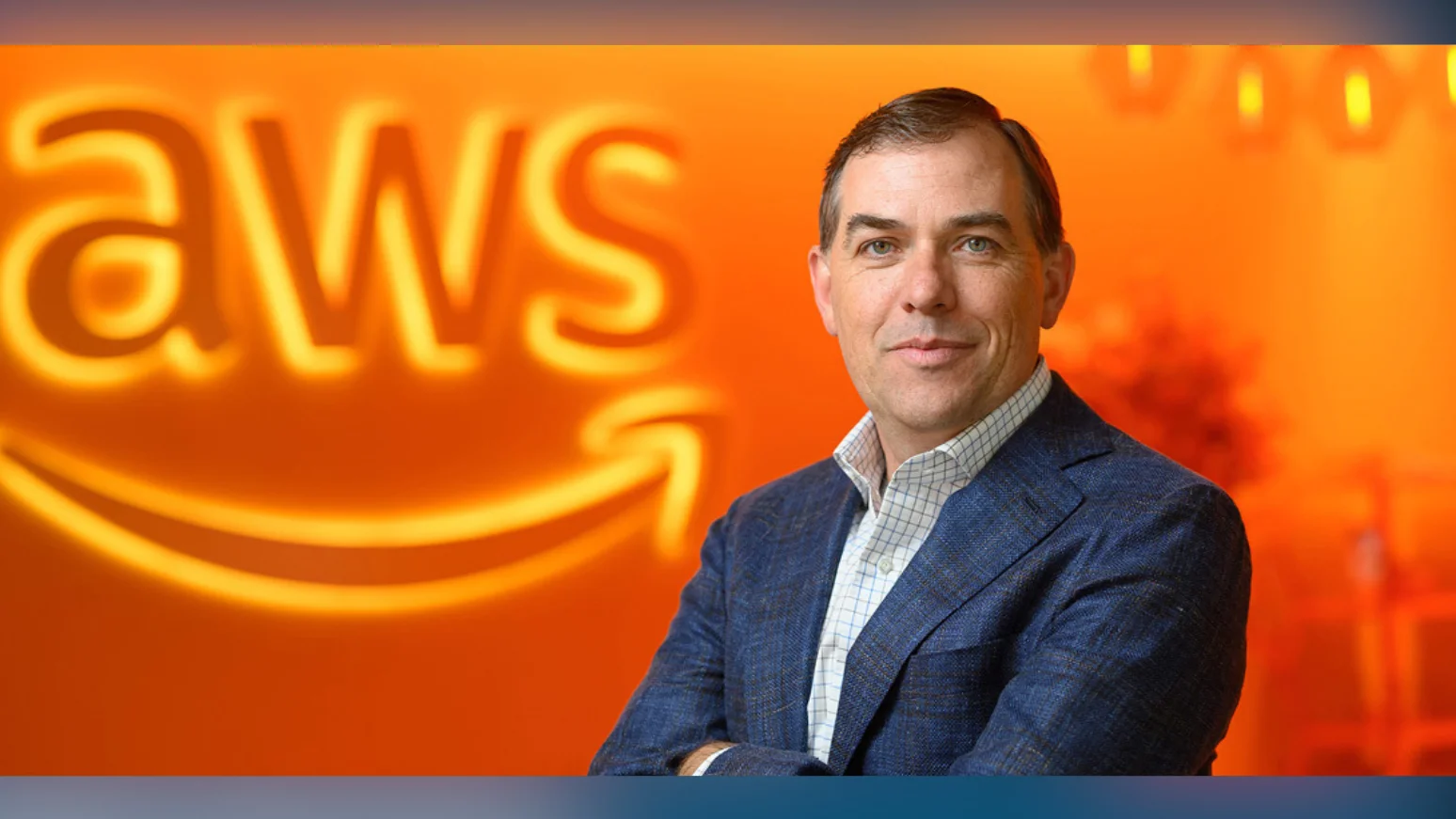Amazon has announced a series of water conservation and replenishment initiatives in several regions around the world, aiming to support local communities and ecosystems facing water scarcity.
In Mississippi, Amazon is launching its first water replenishment project in the state by collaborating with Arable, an agricultural technology company, and Mississippi State University. The effort will introduce advanced irrigation solutions to help farmers make better decisions about water use. The initiative is projected to reduce agricultural water withdrawals by 150 million gallons each year, equivalent to supplying more than 1,600 households for a year. Brandon Oyer, director of energy and water for AWS, said: “Water sustainability requires innovative thinking and collaborative approaches. By helping farmers adopt precision irrigation technology, we're not only preserving a critical water resource, but also supporting the agricultural economy that depends on it.” The project will use Arable Mark 3 sensors powered by AWS’s artificial intelligence capabilities to deliver real-time recommendations via a mobile app. Jim Ethington, chief executive officer of Arable, stated: “This AI-enabled technology transforms how farmers interact with their land and water resources. By providing data-driven insights directly to farmers' phones, we're empowering them to make more precise water decisions."
On World Environment Day, Amazon announced its first water replenishment project in the Yamuna River watershed near New Delhi. This initiative aims to replenish over 400 million liters of water annually through rehabilitating infrastructure like check dams and ponds as well as constructing new features such as percolation pits and recharge shafts. At the inaugural Amazon Water Dialogues event in New Delhi—attended by policymakers and environmental experts—Abhinav Singh, vice president of operations for Amazon India and Australia remarked: “Our country faces critical water challenges, with groundwater levels in New Delhi declining at an alarming rate. This approach aims to capture monsoon runoff and replenish critical aquifers while empowering local communities as stewards of these vital resources.” Dr. Sasmit Patra, Member of Parliament, commented: “The inaugural Water Dialogues marks an important step in advancing collaboration around India’s pressing water challenges. Amazon’s funding of its first water replenishment project in the Yamuna River watershed is a commendable contribution that reflects growing recognition of water stewardship as a shared responsibility.”
Amazon Web Services (AWS) also broke ground on a $4 million stormwater management project outside Katrineholm, Sweden. This partnership with local officials includes building new wetlands and recreational spaces while improving stormwater infrastructure for flood risk reduction and biodiversity benefits. Clare Biddle from AWS said: "This groundbreaking represents more than just a water management solution—it's about creating lasting environmental benefits for the Katrineholm community." The wetland will offer educational opportunities alongside ecological improvements.
Looking ahead to 2030, Amazon plans to expand recycled-water use across more than 120 U.S. locations where it operates data centers—a move expected to preserve over 530 million gallons of drinking-water supply annually throughout American communities while supporting cloud infrastructure sustainability goals. Kevin Miller, vice president of global data centers for AWS noted: “We are deeply committed to being good members of our communities, and doubling down on preserving freshwater resources is one of the ways we can demonstrate that.” In Virginia specifically—and now extending into Georgia and Mississippi—AWS uses direct evaporative cooling systems powered by recycled water; this practice can cut up to 85% of typical usage compared with conventional methods.
In eastern Oregon's Birch Creek area near the Umatilla River—a region important for both wildlife habitats and local residents—Amazon is launching another replenishment project through partnerships with conservation organizations such as Trout Unlimited and Confederated Tribes of the Umatilla Indian Reservation (CTUIR). Will Hewes from Amazon commented: “At Amazon, we aim to be a good water steward everywhere we operate... By investing in local water resources, we're not just helping to restore crucial habitats, we're contributing to the overall health and wellbeing of the families who live there.”
Globally, nearly half the world's population experiences severe or seasonal shortages according to United Nations reports (https://www.unwater.org/water-facts/scarcity). Amazon has set targets such as becoming “water positive” across all AWS data centers worldwide by 2030—which means returning more clean freshwater than used—and replenishing more than consumed across Indian operations by 2027.
To achieve these objectives worldwide:
- Harvesting/reuse solutions have been scaled at fulfillment sites globally.
- A metering/leak detection program piloted in the UK saved approximately 700 million liters over two years.
- Technologies like Boss Defrost reduced store usage at Whole Foods Market Denver locations by an average of 12% between 2021–2022.
- In many data centers—including those outside North America—recycled sources are used for cooling servers.
- Corporate offices are adopting rainwater capture/low-flow fixtures; HQ2 in Arlington expects annual savings reaching half typical code requirements.
So far there are 27 active or planned projects designed collectively to return over eight billion liters annually upon completion worldwide—including recent efforts in Spain intended both for flood mitigation affecting hundreds of thousands locally (https://www.zaragoza.es/sede/portal/medioambiente/) and AI-based optimization for agriculture.
Additional collaborations have brought access or improvements related clean drinking sources or sanitation services through nonprofits Water.org (https://water.org/) and WaterAid (https://www.wateraid.org/in/) to some quarter-million people near operational regions in India.


